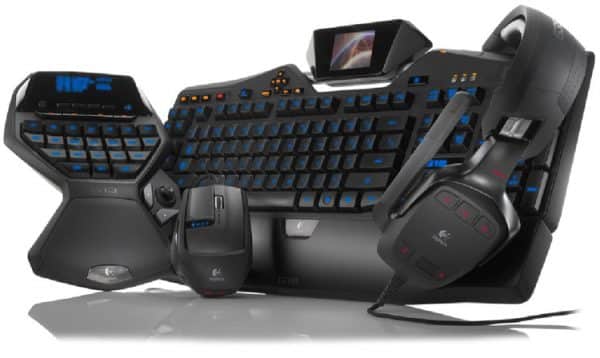Restaurant marketing has two important components. First, you must drive diners to your restaurant, and second, you must sell them once they are indoors and seated. It is important that your menu is designed to sell customers on your plates, as well as to order a decent volume. A menu can also help you build your brand image. Designing a restaurant menu can also facilitate the ordering process and avoid customer and staff confusion.
Here are some ideas on how to design a restaurant menu. You can consider these points if you are looking to start a restaurant or update menus in your current operation.
Relevant to your concept
Restaurant menus should be designed to complement your concept, location, or theme. There are many ways to do this, including images, illustrations, fonts, and the use of colors. You need to have menus that look great while still being practical and easy to read.
Different places to put menus
Menus can take many forms. At the most basic level, they should be printed on small brochures that can be individually delivered to customers. Some informal dining establishments display their menu on the wall inside the restaurant, and others display them on the street for passersby to see. These days you also likely have a website and that's another great place to showcase your menu offerings.
Design
Designing a menu in sections is very convenient for the client. This format has proven to be the favorite of most diners. Naturally, you should go for a sequential design that starts with drinks and snacks and ends with desserts.
Descriptions
Describe each dish on your menu in a few sentences. Try to make these descriptions short, descriptive, and engaging while describing all the main ingredients at the same time. You can also tell the diner how the dish is prepared or how it is presented.
Other important information
Your menu should not only include details of your food. It can also include information about the chef, the owner, the location or the history of the restaurants. If your menus can be printed cheaply, you can also let customers take them away if they want. Therefore, including your opening hours, address, website, and phone number is a useful idea in case some of the menus floating around lead to reservations.
Update a menu
Make changes to your menu every six months or so. Take note of the dishes that sell well and consider including them more prominently on your menu. Eliminate some of the underperforming artists and try rotating new dishes to see if they go well with diners.
Accuracy and misrepresentation
Be careful not to misrepresent any of your dishes on your menus. If you provide pictures of your dishes, they should be served looking as close as possible to what is shown in the picture. Don't make false claims on the menu about เมนูเด็ดจากร้านเด็ด, nutrition, or cooking style or you may have problems with your customers or the law.
It's surprising how many menus you come across that contain errors. Have your menu thoroughly checked by several different people to make sure it doesn't contain spelling errors, pricing errors, or other errors.

How to design a menu
You can combine your own menu design with Microsoft Word, but the results are likely to be amateurish in appearance. You can also find free online restaurant menu templates that can help you get started. However, the best option is to use a professionally designed service that has a good track record in menu design. Ideally, you should also have photos of key menu items taken by an expert in this field.
Unless you can get access to quality original images to display on your menu, it's best to leave blanks or blanks. Don't cut your image down with clip art or other poor design options.
If you want your menus to be durable, you can consider laminating them. This will help keep the pages in good condition and allow you to easily clean them if they get dirty.





